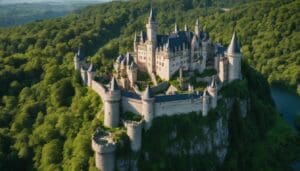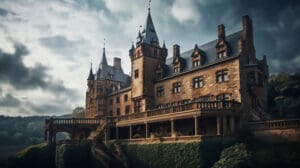The Mighty Viking Gods and Their 7 Ancient Sites of Worship: Your Ultimate Guide to the Culture of the Vikings and Norsemen
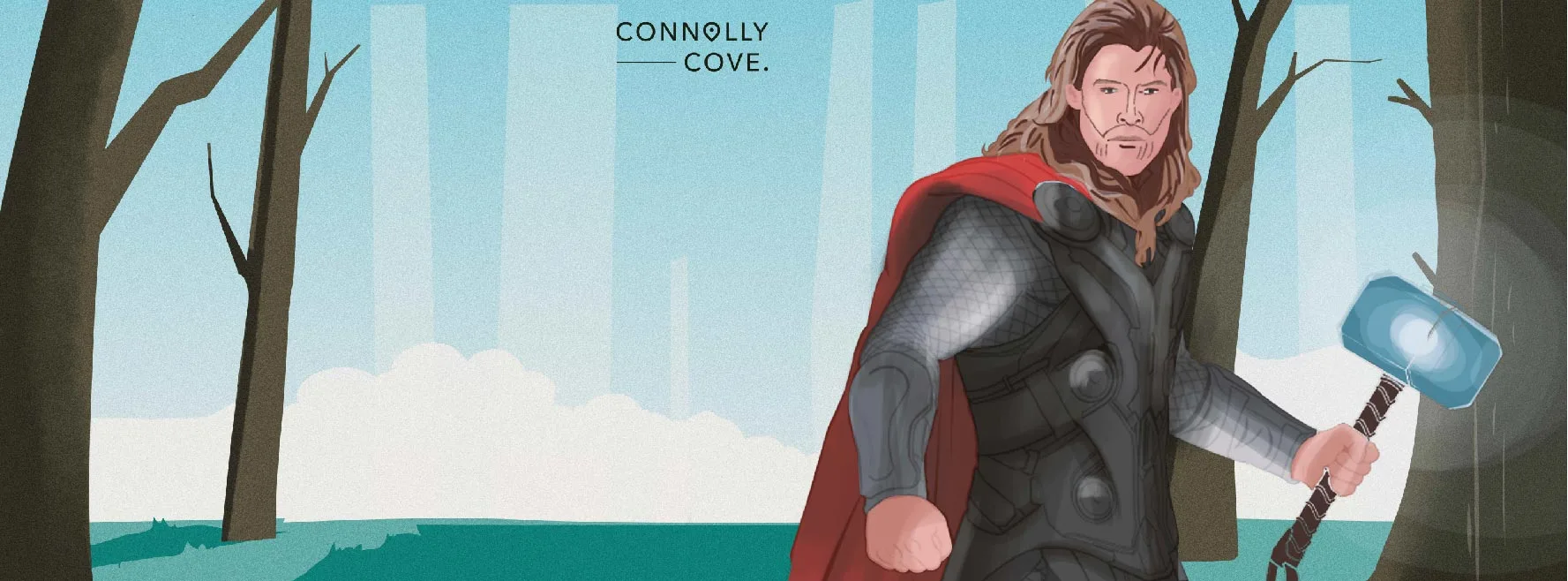
Updated On: April 20, 2024 by Miranne Khaled
Traditional warriors with an insatiable appetite for combat have become a rarity in our modern world. Instead, battles and bloodshed have taken on a virtual form, thanks to the influence of advancements in technology. Although we live in a far more peaceful world, today’s generation is still impressed with the warrior culture that once dominated the ancient world.
The term “warrior” often conjures images of the mighty Vikings, known as the world’s greatest warriors. Movies and TV series have introduced us to the harsh life of the Vikings, introducing their unique spiritual beliefs and gods. The Viking culture has captured our imagination and piqued our interest to learn more about the ferocious warrior spirit that set the ancient world apart.
Walk with us through an enthralling journey where we’ll delve into the world of the Vikings, explore the deities they worshipped, and unravel the hallowed grounds where their ceremonies were conducted. Keep reading for an epic narrative that will enrich your knowledge and widen your perspectives by learning about an ancient civilisation that’s still as impressive.
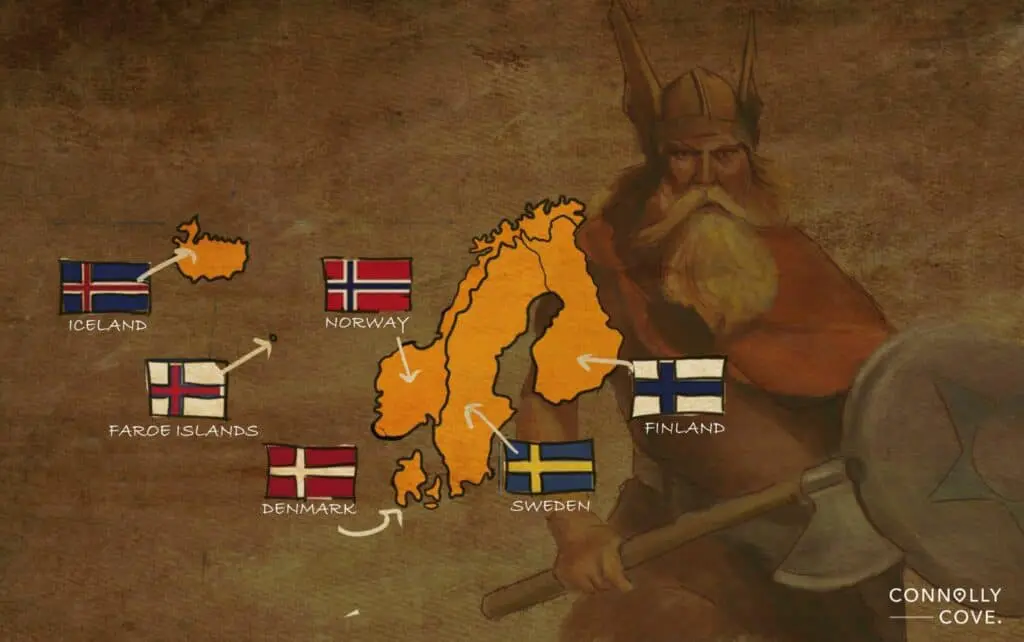
Who Were the Vikings?
Long before the term Vikings was associated with warriors, it was used to describe traders and seafarers from Denmark, Norway, and Sweden. Later on, different nations from Europe started becoming Vikings, including Iceland and Greenland. Their settlements across the Scandinavian region expanded significantly.
Although the word’s origin is still debatable, scholars believe that it derives from the early Nordic language and was used to describe traders and seafarers. Before gaining their reputation as mighty warriors, the Vikings were Scandinavian traders who took to the sea in order to raid other lands and plunder their resources.
Beginning in 793 CE, the Vikings settled around different European places, including Britain, Ireland, Scotland, and France. However, that didn’t take out their sword crafts or being highly associated with battle skills. Yet, they were more interested in more than just bloodshed, slaughtering and destruction as they’re falsely portrayed.
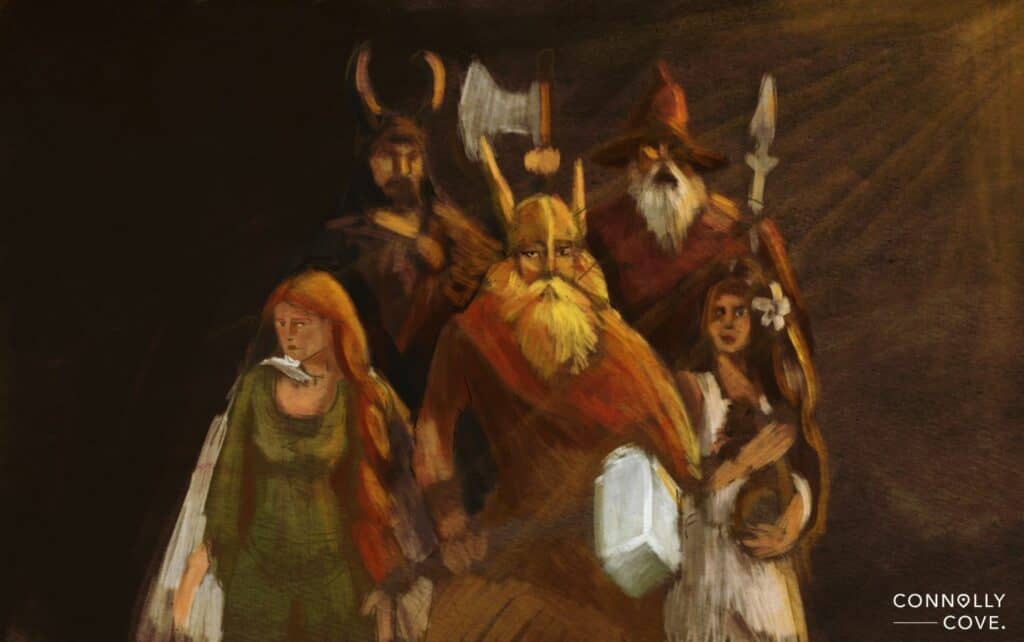
The Main Viking Gods
In the early days of Europe, paganism was the religion that reigned supreme before Christianity arrived to wipe out this belief system. It came into being to sweep away all traces of paganism and heathen beliefs, introducing the concept of monotheism to people who were used to worshipping several gods.
Every culture had its own set of gods and goddesses, and the Vikings were no exception. Paganism in Europe started to face the powerful influence of this new religion, yet that ancient belief managed to endure the longest in the Scandinavian region, another reason the Vikings are associated with pagans.
The Vikings followed the unique set of Gods and Goddesses found in Norse mythology. This was mainly unravelled amidst the intriguing discoveries of archaeology and ancient texts. None of the many Viking gods that reigned supreme had ranked higher than Odin, Thor, and Freya.
Odin
Odin is known to be the most significant Viking god, who was known as the father of all gods. In other words, he was Zeus of Norse mythology and Scandinavian folklore. Odin was the king of the Æsir Clan, who, at some point in history, had to get into a fierce war against the Vanir clan, another group of Norse gods.
The depiction of Odin usually involved him wearing a cloak and a hat, having a heavy beard and one eye. His horse, Sleipnir, had eight legs and several magical powers, including high-speed flying. Odin was also the Viking god associated with knowledge and wisdom, given that he was the leader of his clan.
Moreover, he was also associated with death and war. The Vikings had this belief that god Odin owned Valhalla, the heaven for warriors. According to their beliefs, a warrior gets to Valhalla guided by the Valkyries when they die bravely in a battle and has their swords buried with them. If you’ve ever got hooked on Netflix’s period drama, you’ll come across the “Valhalla” term more often.
Thor
Thanks to Marvel, Thor was made a popular heroic figure that is commonly recognised among different generations. However, little do people know that Thor was originally one of the main Viking gods that were worshipped widely in Scandinavia. As many of you may know, Thor was the god of lightning and thunder; he owned a mighty hammer that could take down mountains and giants.
Thor was known to be the son of the god Odin, yet he was perceived as the strongest among all the Viking gods, especially guarding Asgard with his main task. Asgard was known to be the realm where the Æsir clan lived under the rule of Odin. Moreover, it was among the nine worlds that the Vikings believed in their existence, according to the ancient cosmology of Norse mythology.
Most Vikings wore Thor’s hammer as a pendant around their necks. They firmly believed it to offer them blessing and protection. Moreover, the charm wasn’t only about personal beliefs and their way of showing their beliefs and setting themselves apart from Christians. It’s pretty much like Christians wearing the cross.
Freyja
Freyja is one of the most powerful goddesses in Norse mythology. She is the goddess of love, fate, fertility, war, beauty, and gold; no wonder she was pretty vigorous. Unlike Odin and Thor, she was part of the Vanir clan. She was also the ruler of the Folkvangr, another hall or palace that warriors go to after they die.
The difference between the two kinds of heaven is that Valhalla was for leaders or people of importance, while Folkvagnr was the heaven for regular men and soldiers. Although they were from different clans, legends have it that Freyja taught Odin the arts of magic and gave him the power to predict the future.
Freyja was often depicted as an enchanting lady who rode in a chariot led by two giant cats. Her attire was made of falcon feathers, and she had a vast necklace known as the Brísingamen. That necklace had the power to make the goddess quite irresistible to the beholder; thus, she was often associated with lust and sexuality.
Loki
Loki was another Viking god that Marvel had made famous through its renowned movie Thor. However, according to Norse mythology, Loki was neither Thor’s brother nor Odin’s son. Instead, he was Odin’s blood brother and lived among their Æsir Clan. However, he was often depicted as a mischievous god with the ability to shift his shape and sex to perform his trick.
Loki was deemed a minor Viking god that was more often mentioned in legends and myths of Norse folklore. However, there has never been any traced evidence of his worship all over Europe during the paganism era. He was often represented as Odin and Thor’s companion, yet his relationship with the other Viking gods was rather complex, given his fraudulent nature.
The Pre-Christian Sacred Sites of the Vikings
Before the arrival of Christianity to Europe, the Vikings proudly took their Viking gods everywhere, worshipping them in every open-air spot they found. Be it a forest, under the waterfalls, or among the rocks, the Vikings had called to their gods. With the rise of Christianity, conflicts between the distinct belief systems arose, but the Vikings’ beliefs kept going strong.
By the end of the Viking Age, many, if not all, of the Vikings were mainly Christians, with very few still practising the rituals of the Old Norse religion. This would lead you to believe that traces of the Vikings are nowhere to be found but in legends and folktales. However, the Vikings did have their holy sites in the Scandinavian region that still stand tall today.
Apparently, paganism had not disappeared with the rise of Christianity but was practised secretly. There are still places that you can visit today and catch a glimpse of the ancient Norse paganism and sense the Viking ambience.
1. The Temple at Uppsala, Sweden
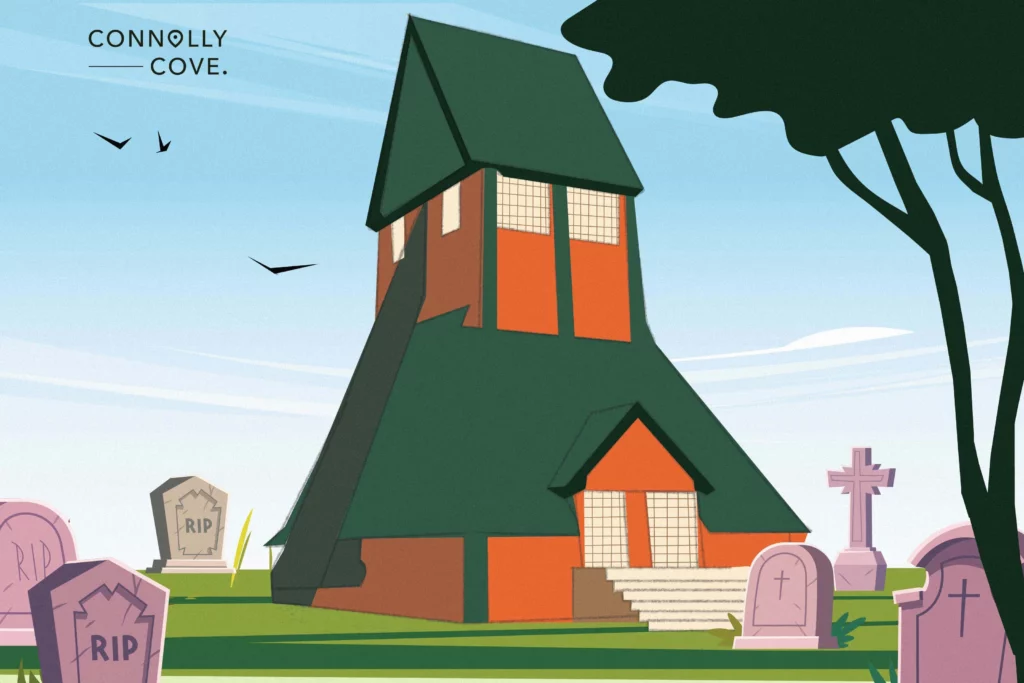
Known today as Gamla Uppsala, this ancient temple is said to be dated to the Viking Age. It was built to honour the Viking gods Odin and Thor. Its site had a giant tree under which there was a sacred well for Norse paganism. Pagans of the time believed that the tree mirrored Yggdrasil, the World Tree that contained the nine worlds of the Norse cosmology.
Gamla Uppsala is located in the Uppsala region in Sweden, blessed with spacious outdoors and more than a few archaeological sites to delve into Scandinavian history and unearth Viking secrets. The area embraces a church, museum, and botanical garden, alongside the great outdoors that holds hundreds of burial mounds and wells.
2. Thingvellir National Park, Iceland
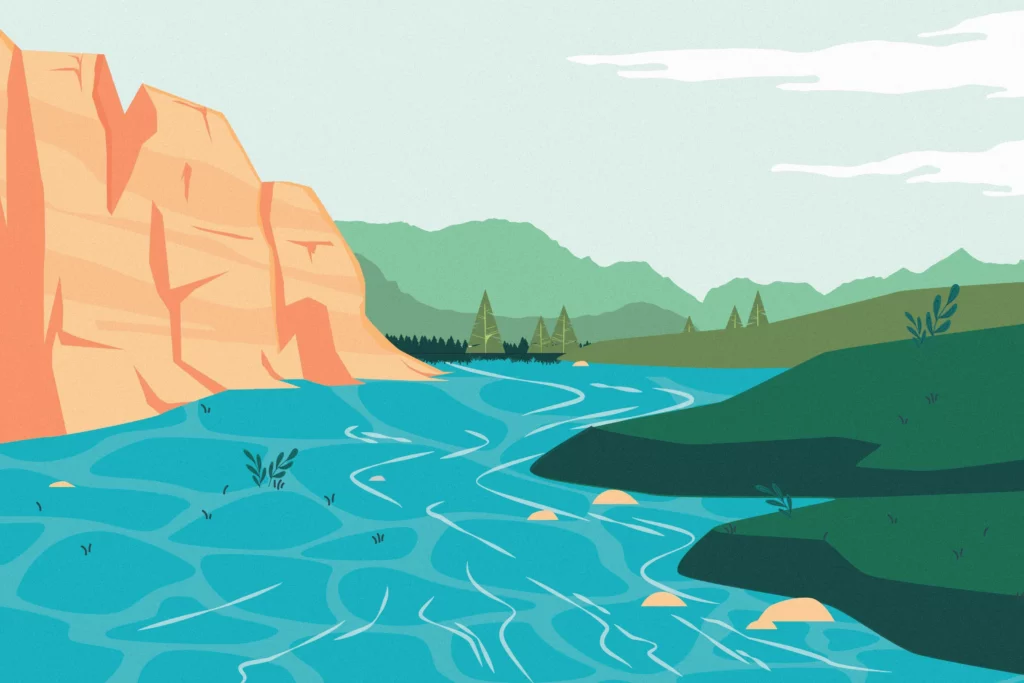
Iceland was one of the main Viking settlements during the second half of the 9th century. Thus, they left rich traces of their culture and beliefs within the Icelandic lands for centuries to come. Thingvellir is one of Iceland‘s most significant cultural heritage sites and is a top tourist destination. It holds great significance in terms of history and archaeology in Northern Europe.
The area was then protected by law in 1930 and declared a national park, open for tourists and locals to visit. According to history, the Vikings, or Norse settlers, were the ones who had founded this site, calling it the Alþing (Althing), where the National Assembly met before the Parliament Site was moved to Reykjavik, the Icelandic capital, in 1798.
3. The Viking Fortress Trelleborg, Denmark
Trelleborg is one of the most renowned fortresses in Scandinavia that the Norse settlers built in AD 980 during the Viking Age. This fortress is located in Denmark, in Slagløse village, near Western Zealand. It’s one of the most prominent Viking monuments that allows visitors to explore the lives of the mighty warriors up close.
You can book a visit during the holidays and enjoy an authentic glimpse into the lives of Norse settlers. Trelleborg offers visitors a plethora of activities, including baking flatbread the Viking way and painting shields and swords. You can also play around by carving your name with runes that the Vikings used and have it on a piece of jewellery.
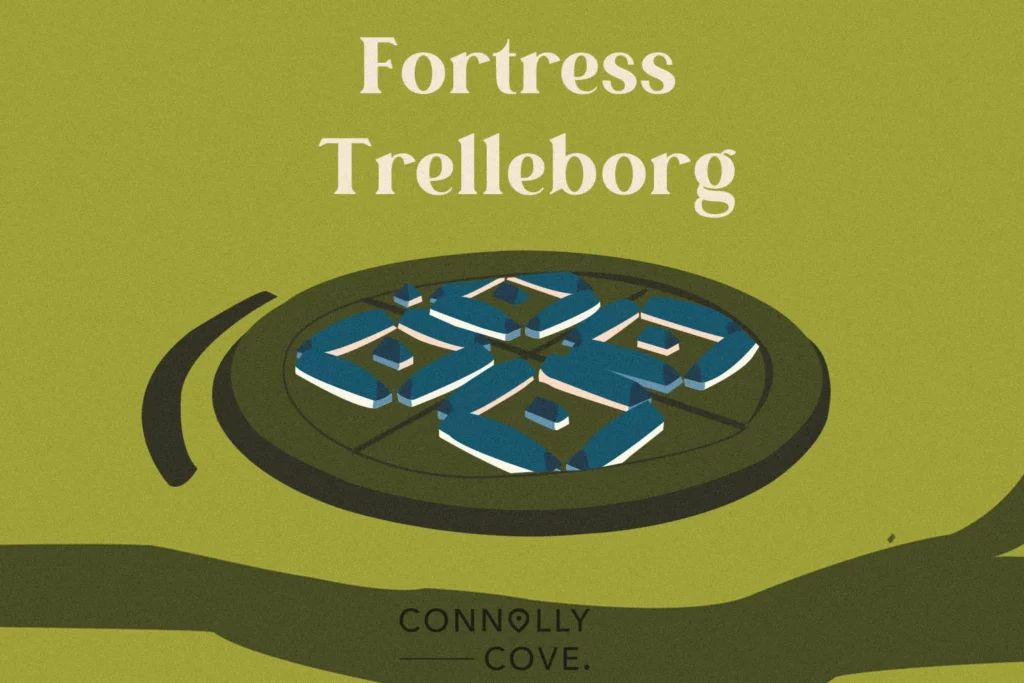
4. Snæfellsnes Glacier, Iceland
Widely known as the Land of Fire and Ice, Iceland embraces a wide array of glaciers, with the Snæfellsnes glacier at the top of the list. Although this glacier has become among the top tourist destinations for those with a penchant for hiking adventures, it is among the holy sites where Viking gods were worshipped.
This glacier lies within the renowned Thingvellir National Park and is among the splendid icy mountains with volcanic activity boiling underneath the frozen surface. It’s quite a surreal phenomenon that led the Norse settlers to believe this site has a secret opening leading to the underworld.

5. Helgafell, Iceland

Helgafell is another sacred spot that the Vikings believed in its holiness. It’s located on the north coast of the Snæfellsnes peninsula, with a wind speaking of the place’s divinity. This spot was deemed a pilgrimage site in ancient times. Those Viking warriors who believed to be on the verge of death would travel there, thinking that this spot was a travelling point into Valhalla.
Nowadays, Icelandic people have developed the notion that climbing to the peak of the Helgafell mountain could grant you three wishes. People hike to its summit, hoping to receive all they dream of. However, in order to have your wish granted, you must never look back while ascending, make sure you don’t utter a word while walking the mountain, and never breathe an expression of your wish to anyone. These are the rules that will turn your dreams into reality.
6. Remains of God House at Ose, Norway
Although the religion of the pagans was more nature-based, they still had their fair share of religious buildings. In 2020, a remarkable discovery came to the surface when archaeologists came across the ruins of what appears to have been a 1200-year-old Viking temple. These ruins were located in Ose, Norway, claiming that it was the first discovery of such an Old Norse treasure to be unearthed within the Norwegian lands.
Archaeologists have professed that ruins seem to be remains of what was known as a god house. The main structure is no longer around, but what is left of it gives a picture of its size and how it could have been. There are also remains of what could have been a tower, which was a hallmark of pagan god houses. It was also professed that the building was dedicated to Odin and Thor, the Viking gods.
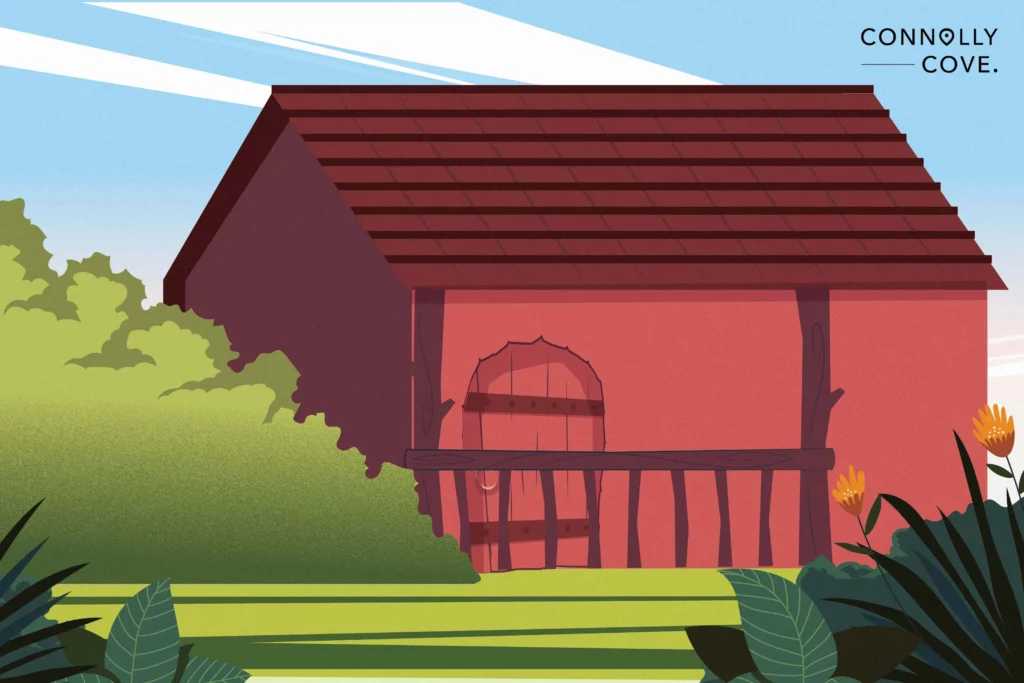
7. The Viking Ship Museum, Denmark
Out of all the Scandinavian countries, Denmark is known to be the most extended home to welcome the Viking gods. It’s also among the nations where paganism endured for the longest time. Denmark is home to the renowned Viking Ship Museum in Roskilde and one of the most prominent touristic landmarks.
The museum houses several ships that were excavated in the 60s and are said to belong to the mighty Vikings. They used those ships to travel the sea to trade and explore other lands as well as raid them. The museum offers impressive information about Viking history and culture.
Whether you perceive yourself as a history buff or simply curious to delve into the Viking past, there’s no better time than now. Many movies and TV shows will offer a glimpse into this legendary culture. Yet, they may not present the authentic truth of the epic Viking saga.



